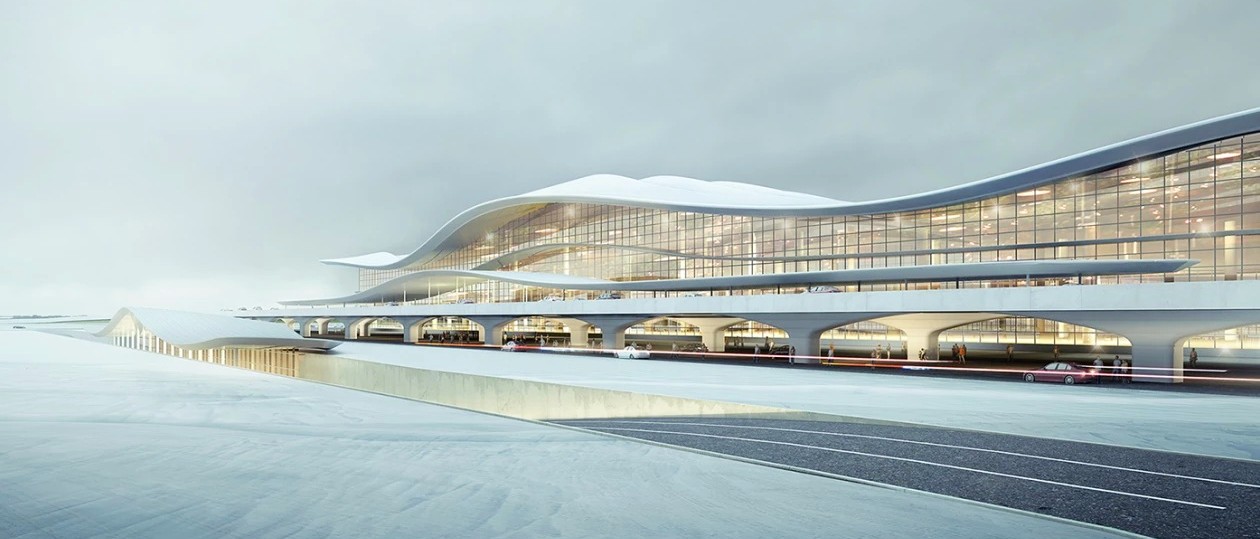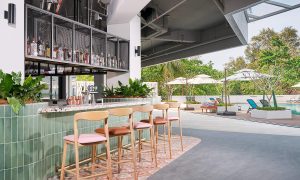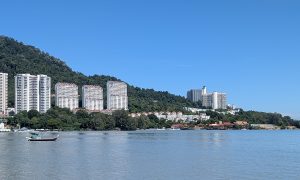Every year, UNESCO’s Prix Versailles highlights the world’s most remarkable examples of architectural design and airports are no exception. The 2025 nominations showcase six stunning terminals that merge form, function, and a sense of place — and you may be surprised to see which major hub didn’t make the cut.
When you think “award-winning airport terminals,” the first name that likely springs to mind is Singapore’s Changi Airport. So it’s a genuine surprise to discover that in the latest Prix Versailles list of top-six airport terminals for 2025, Changi doesn’t appear. Instead, the nominated roster includes six global hubs recognized for architecture, culture, and sustainability.
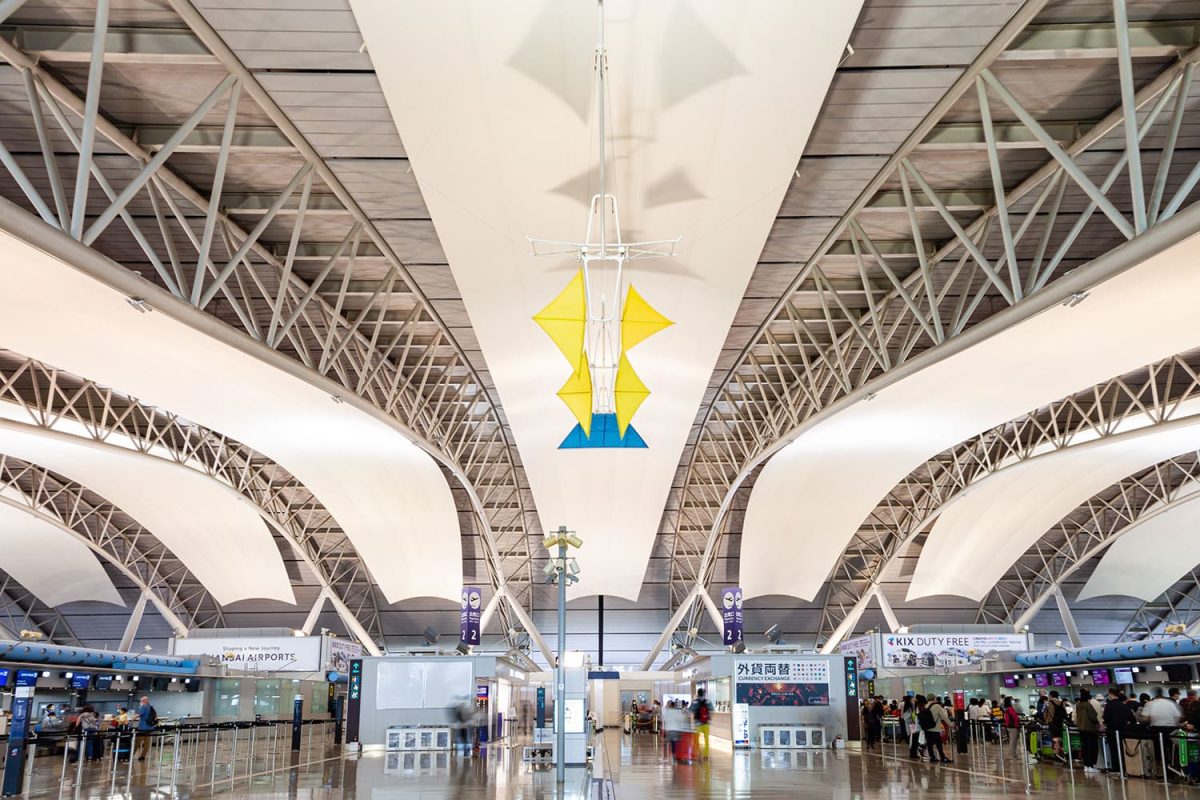
The Prix Versailles award, presented in conjunction with UNESCO, honours exceptional design and interior architecture spanning airports, emporiums, museums, and hotels. This year’s airport showcase features terminals selected for how they reflect their locale, integrate thoughtful materials and services, and express more than the sum of their steel and glass. Needless to say, walking through one of these terminals feels very different to the typical transit experience.
STAND-OUT TERMINALS AND WHAT SETS THEM APART
At China’s Yantai Penglai International Airport (YNT), Terminal 2 opened in 2023 and spans 167,000 square metres. Designed by Aedas, it draws inspiration from Kunyu Mountain and Shandong’s coastline, with an E-shaped plan that floods the building with natural light while minimizing environmental disruption. Inside lies a multi-level atrium, an integrated rail link, and dynamic gate layouts that blend efficiency with local charm.

In France, Marseille Provence Airport’s Terminal 1 reopened in 2024 after a 20,000-square metre expansion built from 70 percent recycled steel and wood. Its timber-clad security canopy and glass façades pay homage to the boat houses of the Old Port.

Across the Pacific, the United States contributes two nominees: Portland International Airport (PDX) and San Francisco International Airport (SFO). Portland’s Main Terminal channels Oregon’s forest heritage through biophilic wood design and abundant natural light, while San Francisco’s Terminal 1 — the Harvey Milk Terminal — pairs sweeping bay views with a 79 percent carbon reduction and 59 percent lower energy use.
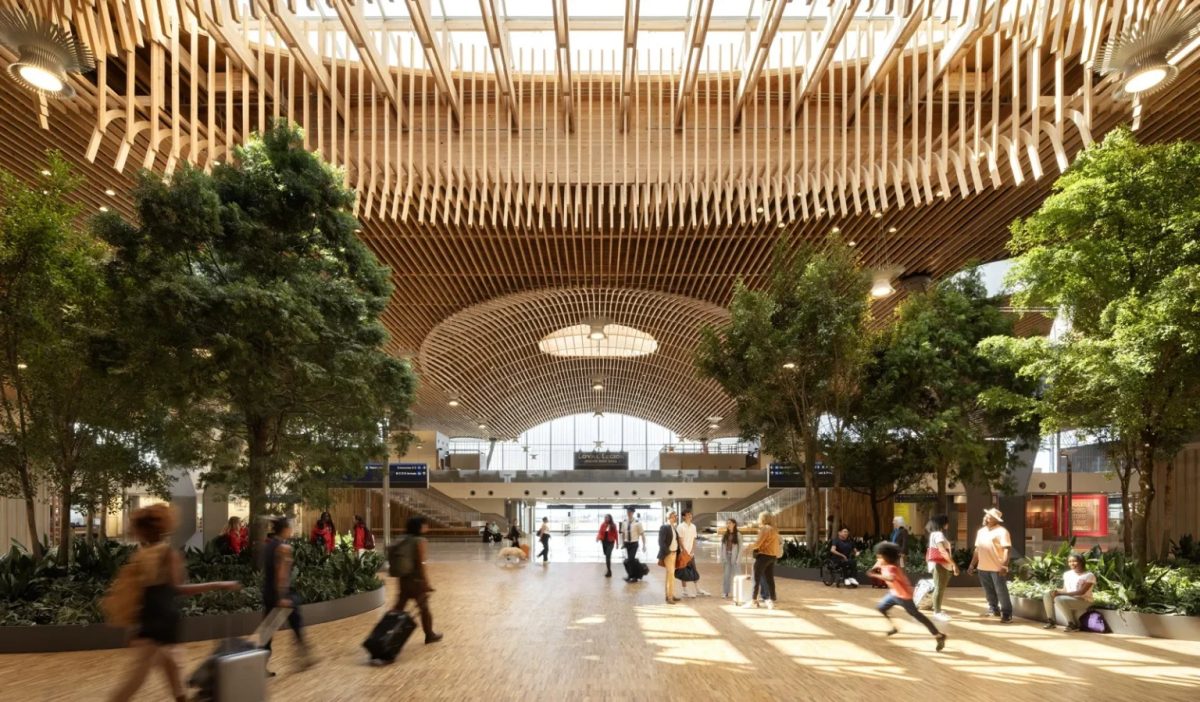

In Japan, Kansai International Airport (KIX) continues to impress with Terminal 1’s recent expansion ahead of Expo 2025. Blending traditional materials with high-tech smart queuing systems, it reaffirms Japan’s reputation for harmony between innovation and tradition. Completing the list, Roland Garros Airport in Réunion Island unveils an arrivals terminal built for tropical sustainability, featuring bioclimatic airflow, natural light, and local craftsmanship accounting for 91 percent of the work.
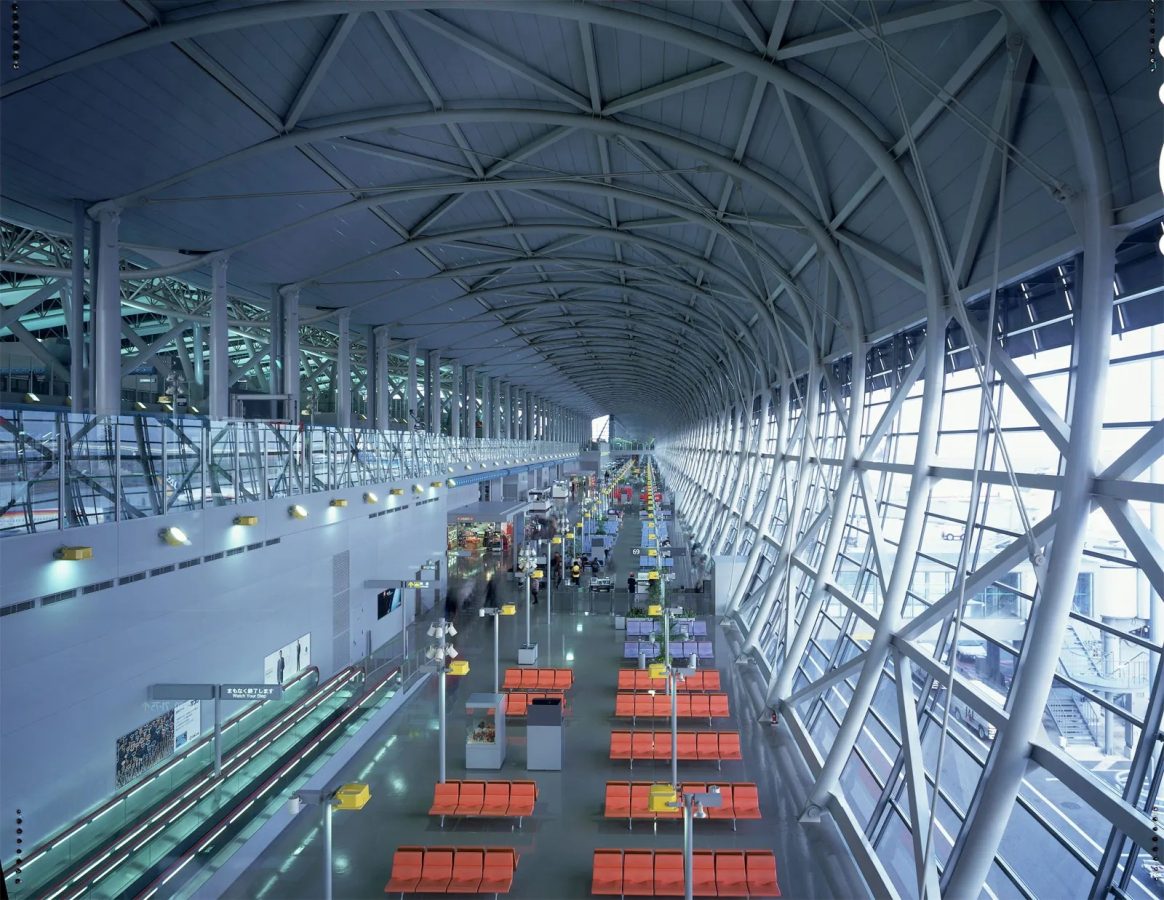
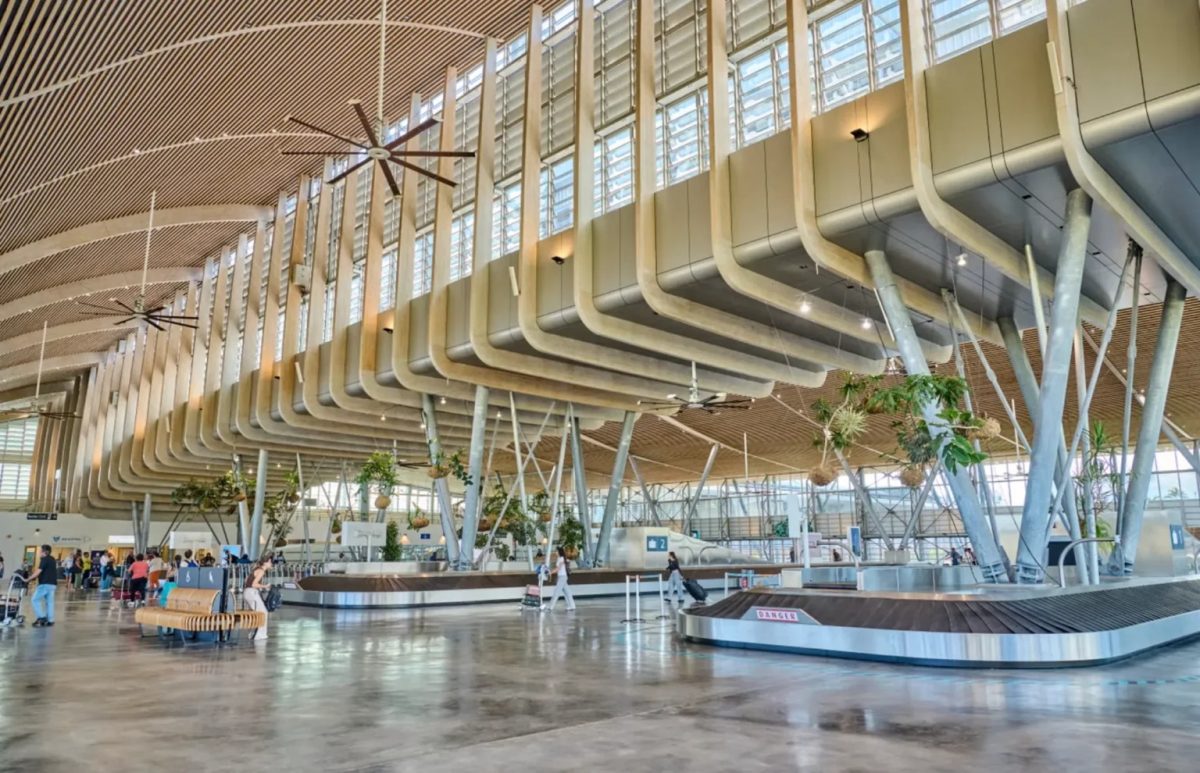
Each of these terminals reflects a growing shift in passenger expectations: airports are becoming cultural icons and sustainability statements as much as transport hubs.
Prix Versailles 2025 — Airport Terminal Nominees
Six terminals shortlisted for architectural and cultural distinction — a quick guide to what makes each one notable.
-
Yantai Penglai International Airport, Terminal 2 (YNT)Aedas’ E‑shaped terminal channels natural light and coastal forms into a 167,000 m² hall that links rail and air while preserving the surrounding terrain.
-
Marseille Provence Airport, Terminal 1 (MRS)A timber‑forward revamp that nods to the Old Port’s boat houses, using 70% recycled steel and wood to bring daylight and warmth to passenger flows.
-
Roland Garros Airport, Arrivals Terminal (RUN)A bioclimatic arrivals hall designed to reduce air‑conditioning needs, with automatic louvers, lush planting and 91% local contractor participation.
-
Kansai International Airport, Terminal 1 (KIX)The long, island‑built terminal blends Japanese materials and refined interiors with a recent expansion focused on passenger comfort and smart queuing.
-
Portland International Airport, Main Terminal (PDX)A ‘walks in the forest’ concept that uses regional timber, biophilic elements and local materials to connect the terminal to Oregon’s landscape.
-
San Francisco International Airport, Terminal 1 (SFO)The Harvey Milk Terminal pairs sweeping bay views with deep carbon and energy reductions, plus an on‑site museum that brings local culture to travellers.
Three of these six terminals will be honoured with the Prix Versailles World Title in December 2025.
WHAT THIS TELLS US ABOUT AIRPORTS AND ARCHITECTURE
Modern airports are more than functional gateways — they’re architectural ambassadors. These shortlisted projects show how far the industry has evolved, prioritizing experience, light, and identity. The omission of Changi Airport may raise eyebrows, but it underlines the increasingly diverse field of global design excellence.
For travellers, this list is a reminder that the journey can begin the moment you step into the terminal. Whether it’s a glass canopy in Marseille or a forest-inspired hall in Portland, these airports prove that travel can be as beautiful as the destinations themselves.
Sources: UNESCO Prix Versailles, Aviation A2Z, airport press releases, and official architectural firm statements (Aedas, ZGF, Gensler, and others).


